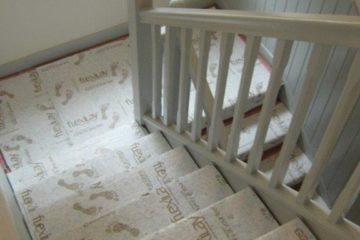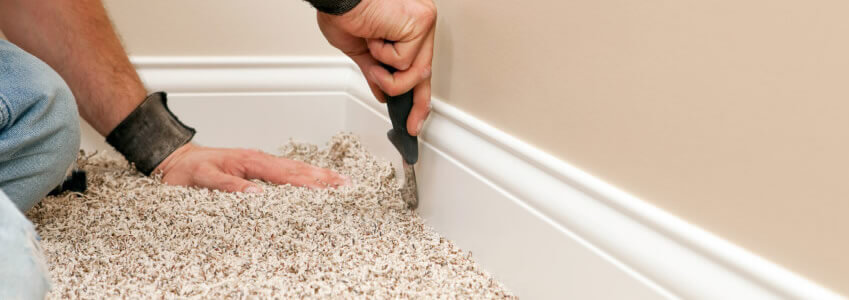
Despite all of our far-fetched predictions and dreams for the future, the realities of technology never cease to surprise us. Years before the digital revolution the thought that you could make and receive calls and send messages from anywhere in the world was a far flung fantasy, but now it’s a well-known part of everyday life. It’s enough to make you wonder what the future holds for other industries. Like carpet, for example. Recently there have been rumblings in the carpet world that a new, revolutionary self-cleaning carpet will be introduced to the market. But is this technology an urban myth or another futuristic dream that will become a reality?
What Does Self-Cleaning Mean?
On the face of it, self-cleaning simply means a material that will clean itself. However, Bill Griffin of Cleaning Consultant Services Inc. has explained exactly how self-cleaning materials are created using innovative treatments such as Titanium Dioxide. He says that: ‘Titanium dioxide (TiO2) is applied to a surface in such a way that when the surface is exposed to UV rays (sun or light), oxidation takes place, killing living organisms and basically bleaching the color out of the soil. The soil isn’t gone, but it is no longer visible and microbial growth is inhibited. This is similar to the reaction when bleach is applied to a surface or acid spotter is applied to rust.” So far this revolutionary titanium oxide treatment is mainly used on hard surfaces and products, as its original form had to be baked onto the surface. But Griffin comments that a new generation of titanium oxide compounds are being developed that could be used on flexible surfaces, like carpets and other fabrics.
What Would This Mean?
This type of technology being refined for use on carpets and other soft furnishings could revolutionise our household cleaning. Self-cleaning carpets could lead to lower maintenance costs for carpet owners and much longer life cycles, along with many green benefits like using less water and chemicals in cleaning, which in turn would be made easier in itself. This might sound like a disaster for cleaning professionals, but actually it could come with its own benefits. Because the soiling isn’t completely removed, deep cleaning does still need to take place to maintain hygiene. If the soiling on the surface becomes so great that a UV light can’t penetrate it, then the process won’t work. So instead of eradicating the need for cleaning, it will instead change the technologies used by commercial cleaners. As Griffin commented, ‘imagine a truck mount wand or a vacuum cleaner with a UV light instead of, or in addition to water vapour jets.’
When Will We See Them?
While the technology is there to make self-cleaning carpets a possibility in theory, don’t expect to see them in your commercial carpet showrooms any time soon. Today’s technology is fairly rudimentary, so actual complete or deep self-cleaning doesn’t take place. There is still a long way to go along the self-cleaning road, but the technology never stands still for long and these changes are likely years away. For the moment, it is important to maintain and care for your carpets properly to extend their life while we wait for the self-cleaning carpet to land. There are some very exciting things on the horizon for the carpet world, so keep your eyes out and take care of your carpets. For more information or to ask us about the best way to clean and maintain your carpet, get in touch with a carpet expert today.


